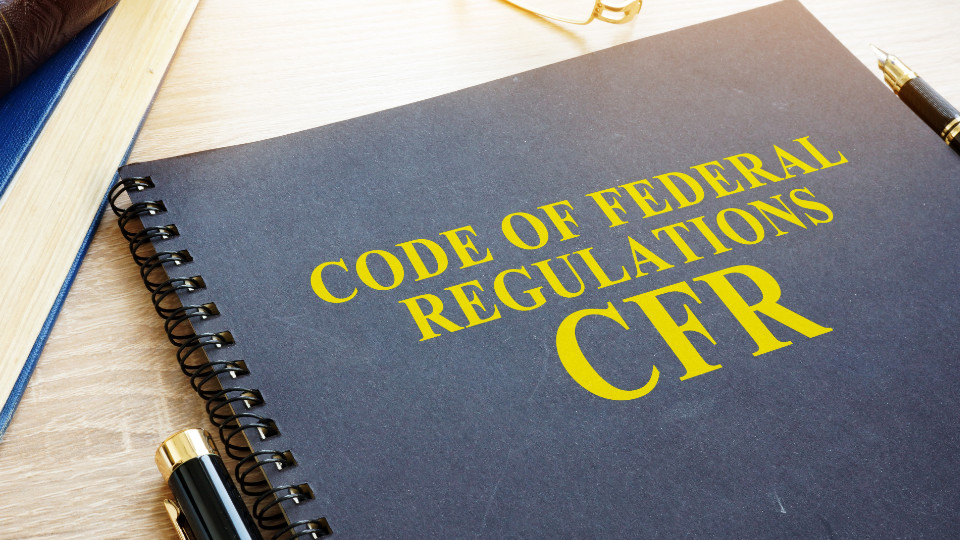We have always wanted to take the database to the next level. It’s a phrase we mentioned in donation drives in years past, when our platform operated under a different model. When we relaunched the database in November of last year under a new model, we had the opportunity to achieve it.
We were so confident in our ability to do this that upon relaunch we promised a ten-month marathon of continuous expansions to database features and functions. Over time, these expansions would have a snowball effect, with the end result that the database would be remarkably superior in functionality and scope compared to its earlier state. We have made good on that promise, delivering a steady stream of expansions over the past six months – most recently with the addition of oral arguments. We still have four months of promised monthly feature expansions ahead, with the possibility of adding more. While we’ve announced these prior expansions in detail, one thing we haven’t talked about much is how we’ve changed our approach with legal files.
We still have four months of promised monthly feature expansions ahead, with the possibility of adding more. While we’ve announced these prior expansions in detail, one thing we haven’t talked about much is how we’ve changed our approach with legal files.
Revealingly, we have been able to add more legal files in the last six months than we were able to add in all previous years of the database combined. The above graph displays the total pages of legal files added monthly from the November 2018 relaunch until the end of May. As you can see, in May we spiked up to ~16,000 pages added – the most of any month to date, and more than twice the month prior.
Full told, we have added ~40,000 pages across ~2,300 legal files in the six months since the relaunch. With our current processes in place, we expect the overall volume will increase further in the next six month stretch.
We would never have been able to add this amount of files under the old model, because legal files are expensive when purchased in large quantities. While this rapid increase in files is due in part to the superior funding that exists for the database today, it is also due to more efficient and regimented file acquisition and loading processes that we have refined over the past three months.
To recap, when we created the database we considered several different approaches regarding what types of legal files should be included in the database. We could either:
- Add only the most necessary “core” files, e.g., complaints, critical motions, critical judicial opinions, and orders that terminate lawsuits.
- Prioritize adding all of the above, and then flesh out a general “medium threshold” of motions, orders, and other files that assist in telling the general “story” of the lawsuit.
- Include every possible legal file – both essential and unessential – at a radical increase in costs. These costs would have to be diffused across all who use the database, but they would still be substantial.
At the end of the day, a lot of it comes down to practical questions of costs and overall fit with the intended scope of the database. We want to create a quality product, so for us that rules out the bare bones approach of #1. At the same time, we want the database to be fairly accessible to the general public – more accessible than other databases – so that rules out #3. The second approach makes the most sense to us.
For some lawsuits, however, we have the opportunity to retrieve every non-sealed file at no cost other than the time spent acquiring, categorizing, and loading them. In those cases we seize the opportunity and load everything.
We’ll keep expanding and refining the database. If you haven’t signed up for it yet, we welcome you to visit it here.
Thank You for Reading
If you like what you have read, feel free to sign up for our newsletter here:
About the Author
Related Posts
We have always wanted to take the database to the next level. It’s a phrase we mentioned in donation drives in years past, when our platform operated under a different model. When we relaunched the database in November of last year under a new model, we had the opportunity to achieve it.
We were so confident in our ability to do this that upon relaunch we promised a ten-month marathon of continuous expansions to database features and functions. Over time, these expansions would have a snowball effect, with the end result that the database would be remarkably superior in functionality and scope compared to its earlier state. We have made good on that promise, delivering a steady stream of expansions over the past six months – most recently with the addition of oral arguments. We still have four months of promised monthly feature expansions ahead, with the possibility of adding more. While we’ve announced these prior expansions in detail, one thing we haven’t talked about much is how we’ve changed our approach with legal files.
We still have four months of promised monthly feature expansions ahead, with the possibility of adding more. While we’ve announced these prior expansions in detail, one thing we haven’t talked about much is how we’ve changed our approach with legal files.
Revealingly, we have been able to add more legal files in the last six months than we were able to add in all previous years of the database combined. The above graph displays the total pages of legal files added monthly from the November 2018 relaunch until the end of May. As you can see, in May we spiked up to ~16,000 pages added – the most of any month to date, and more than twice the month prior.
Full told, we have added ~40,000 pages across ~2,300 legal files in the six months since the relaunch. With our current processes in place, we expect the overall volume will increase further in the next six month stretch.
We would never have been able to add this amount of files under the old model, because legal files are expensive when purchased in large quantities. While this rapid increase in files is due in part to the superior funding that exists for the database today, it is also due to more efficient and regimented file acquisition and loading processes that we have refined over the past three months.
To recap, when we created the database we considered several different approaches regarding what types of legal files should be included in the database. We could either:
- Add only the most necessary “core” files, e.g., complaints, critical motions, critical judicial opinions, and orders that terminate lawsuits.
- Prioritize adding all of the above, and then flesh out a general “medium threshold” of motions, orders, and other files that assist in telling the general “story” of the lawsuit.
- Include every possible legal file – both essential and unessential – at a radical increase in costs. These costs would have to be diffused across all who use the database, but they would still be substantial.
At the end of the day, a lot of it comes down to practical questions of costs and overall fit with the intended scope of the database. We want to create a quality product, so for us that rules out the bare bones approach of #1. At the same time, we want the database to be fairly accessible to the general public – more accessible than other databases – so that rules out #3. The second approach makes the most sense to us.
For some lawsuits, however, we have the opportunity to retrieve every non-sealed file at no cost other than the time spent acquiring, categorizing, and loading them. In those cases we seize the opportunity and load everything.
We’ll keep expanding and refining the database. If you haven’t signed up for it yet, we welcome you to visit it here.
Thank You for Reading
If you like what you have read, feel free to sign up for our newsletter here:
About the Author
Related Posts
More from Title IX for All
Accused Students Database
Research due process and similar lawsuits by students accused of Title IX violations (sexual assault, harassment, dating violence, stalking, etc.) in higher education.
OCR Resolutions Database
Research resolved Title IX investigations of K-12 and postsecondary institutions by the Department of Education’s Office for Civil Rights (OCR).
Attorneys Directory
A basic directory for looking up Title IX attorneys, most of whom have represented parties in litigation by accused students.






